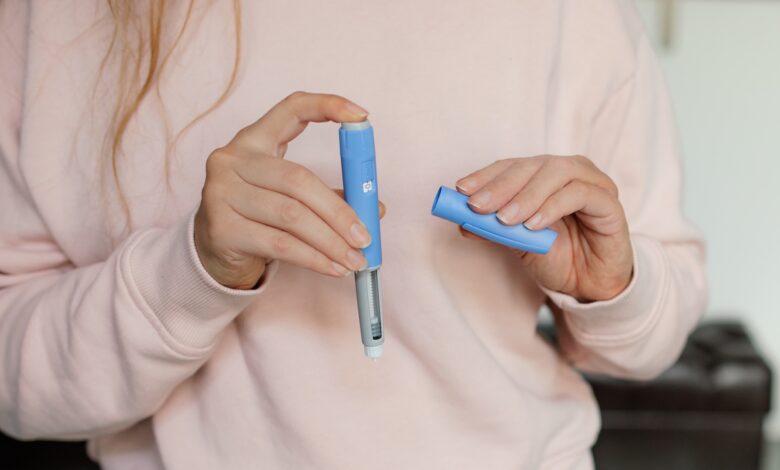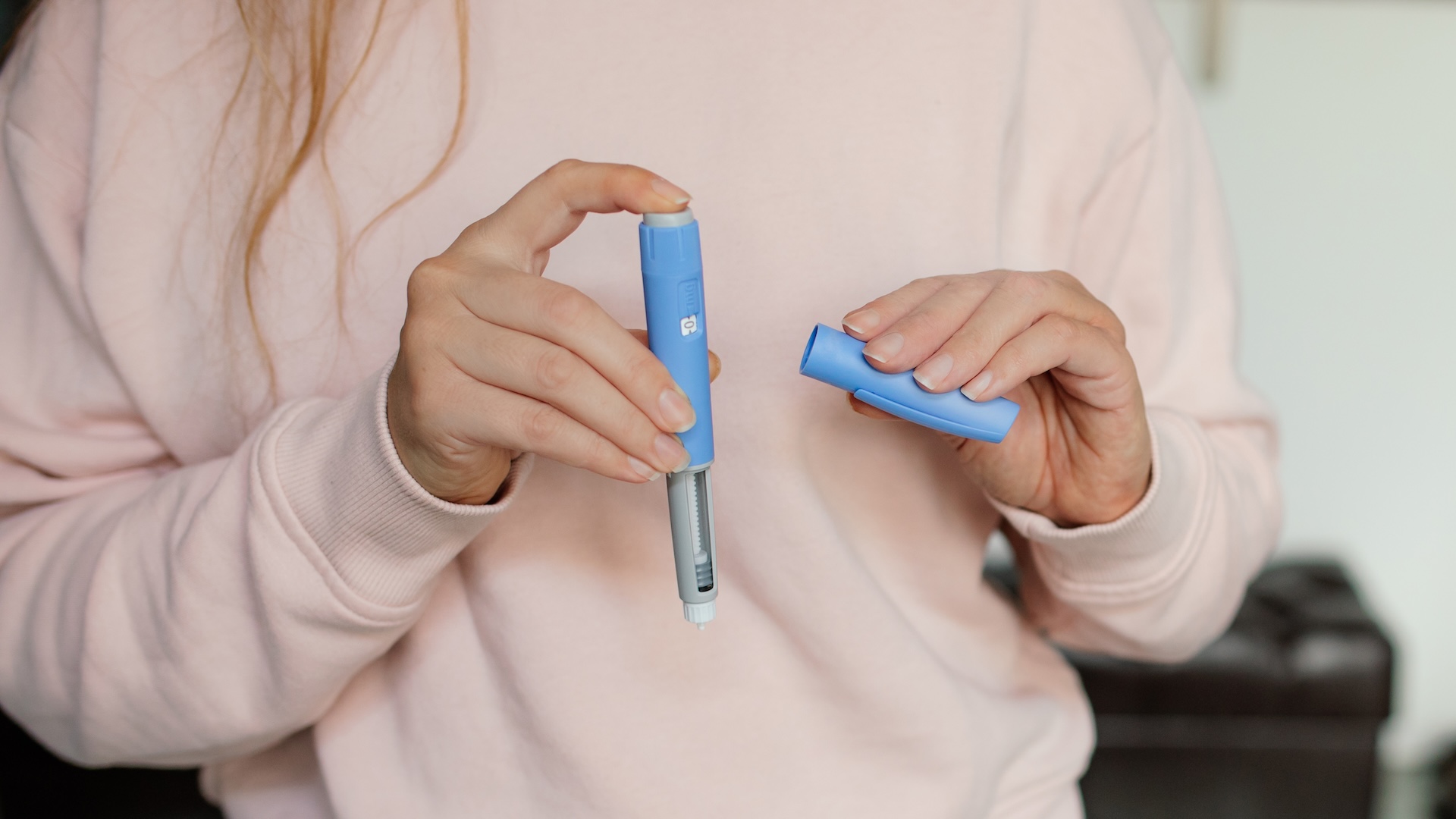Ozempic-style drugs treat type 1 diabetes, not only type 2, study finds


Semaglutide, the active ingredient in Ozempic, and other drugs in the same class have revolutionized the treatment of obesity and type 2 diabetes. Now, a clinical trial suggests the medicines can treat type 1 diabetes, as well.
The trial results, published June 23 in the journal NEJM Evidence, suggest semaglutide can improve blood sugar levels and induce weight loss in people with type 1, potentially introducing a new drug that could be used along with insulin to manage the disease.
“For a hundred years, we are fixated on insulin and insulin delivery … and there aren’t really extra medications that are approved for type 1,” lead study author Dr. Viral Shah, a diabetes researcher at Indiana University, told Live Science. There are some add-on drugs approved for use alongside insulin, but Shah envisions Ozempic-like drugs as a potential firstline treatment.
The insulin resistance and impaired release of digestive hormones that fuel type 2 diabetes can also exist in type 1, so it does make sense to explore treatments for those, he said.
Type 1, type 2, and double diabetes
Type 1 and type 2 diabetes are driven by very different mechanisms.
In type 2, cells in the pancreas that make insulin become less sensitive to blood sugar and produce less insulin in response. Insulin normally helps usher sugar from the bloodstream into cells, so this effect causes sugar to build up in the blood. Meanwhile, type 1 diabetes is an autoimmune disorder in which the insulin-secreting cells are destroyed by one’s own immune system.
Related: In a 1st, scientists reversed type 1 diabetes by reprogramming a person’s own fat cells
There are several drugs for type 2 diabetes that focus on driving cells to secrete more insulin, and there are standard treatments centered around improving blood sugar control, weight loss, high blood pressure and cardiovascular disease risk through lifestyle changes. Drugs like semaglutide, known as GLP-1 agonists, control blood sugar in type 2 by reducing a liver-made hormone that raises blood sugar, as well as slowing down digestion. This makes you feel fuller for longer and allows the pancreas more time to release the right amount of insulin.
The primary way to control blood sugar in type 1 diabetes, however, is insulin replacement. But type 1 diabetics, especially those with obesity, often have insulin resistance and thus many of the same health issues as those with type 2 — for example, nerve damage, foot ulcers and eye damage, all due to uncontrolled blood sugar. This condition has been termed “double diabetes.”
“Type 1 diabetes does not exclude the presence of type 2 diabetes,” Shah said. “People with the double diabetes phenotype may benefit from some of the medications that are currently approved for type 2 diabetes.” That was the idea behind the new trial of semaglutide, the ingredient found in the weight-loss drug Ozempic and type 2 diabetes drug Wegovy.
The researchers recruited 72 patients with type 1 diabetes and obesity, based on their BMIs. Half the participants received a weekly semaglutide injection and the other half a placebo for 26 weeks. All the participants continued using insulin as needed throughout the trial, and their blood sugar was monitored using continuous glucose monitors.
The patients taking semaglutide had better control over their blood sugar levels, staying within an acceptable range of blood sugar levels over 70% of the time while also spending less time with low blood sugar levels. The treated individuals also lost at least 5% of their body weight. But no one in the untreated group met all three of these criteria.
These results support findings from other recent trials, showing that these drugs used for type 2 diabetes are worth exploring in type 1 diabetics, said Ahmad Haidar, a diabetes researcher at McGill University in Canada, who was not involved in the study.
“It’s an important study that adds to the existing evidence toward the safety and efficacy of the use of semaglutide in type 1, but it is not enough,” Haidar told Live Science. “We need more evidence to help these drugs be approved by regulatory agencies.”
Shah and his colleagues hope that with more clinical trials with bigger cohorts of patients, the research community will gather enough evidence to have this use of GLP-1s approved by the Food and Drug Administration and added into the American Diabetes Association standards of care for type 1. If approved, the treatments could then potentially be covered by health insurance.
“And if that happens, I think this would be probably the first drug beyond insulin for people with type 1 diabetes to use,” Shah said. “It’s really exciting that it’s moving forward.”
This article is for informational purposes only and is not meant to offer medical advice.
Source link




